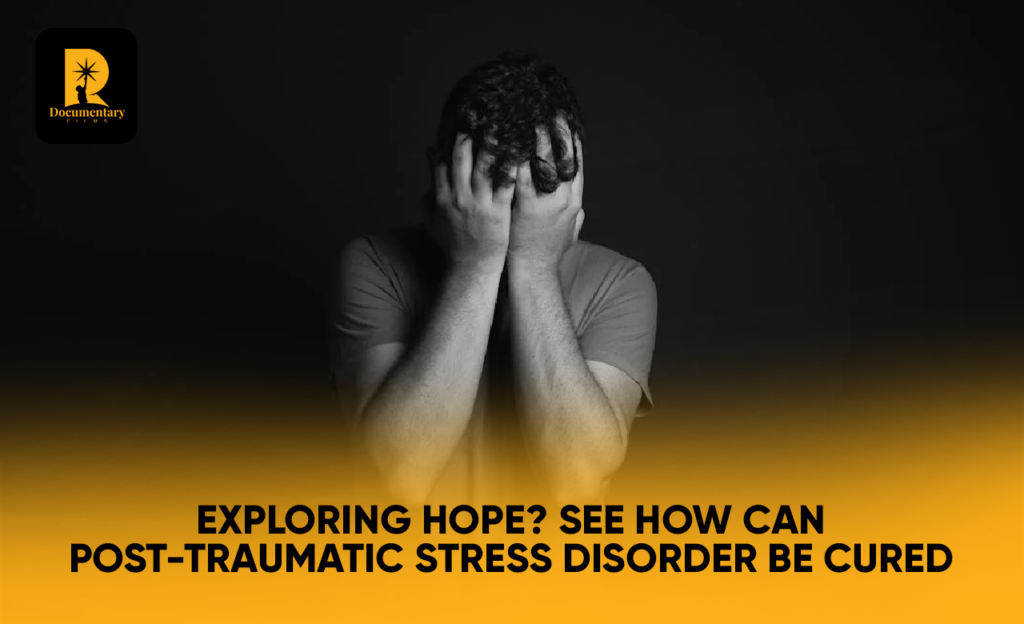In the maze of mental health, hope serves as the guiding light, illuminating the path to recovery. Post-Traumatic Stress Disorder (PTSD), a complex condition arising from traumatic experiences, can cast a shadow over one’s life. Yet, within the depths of despair, there exists a beacon of hope, offering a chance for healing and restoration.

Understanding PTSD:
Before probing into the sphere of hope, it’s essential to understand the subtleties of PTSD. This mental health disorder can develop after experiencing or witnessing a traumatic event or series of events, such as combat, natural disasters, accidents, or assault. While it’s natural to feel afraid during and after a traumatic situation, most people recover from initial symptoms naturally. However, some individuals continue to experience distressing symptoms that disrupt their daily lives, leading to the diagnosis of PTSD.
Exploring Hope:
Hope isn’t a far-off illusion but a tangible force that propels individuals toward recovery. Though the path may appear challenging, there are paths to restoration and healing.
How can it be cured?

Therapy:
Therapeutic interventions, such as cognitive-behavioral therapy (CBT), eye movement desensitization and reprocessing (EMDR), and exposure therapy, offer powerful tools for addressing PTSD symptoms. Through guided sessions with mental health professionals, individuals can gradually confront and process traumatic memories, promoting healing and flexibility.
Medication:
In some cases, medication may be prescribed to alleviate symptoms associated with PTSD, such as depression, anxiety, and insomnia. Antidepressants, selective serotonin reuptake inhibitors (SSRIs), and anti-anxiety medications can provide relief and boost the effectiveness of therapy.
Support Systems:
The journey toward healing is not one traveled alone. Building a robust support network comprising friends, family, support groups, and mental health professionals can provide invaluable encouragement, empathy, and understanding. Connecting with others who have walked similar paths can instill a sense of solidarity and belonging, reinforcing the belief that recovery is within reach.
Self-Care:
Self-care practices form the basis of overall healing. Engaging in activities that promote relaxation, mindfulness, and self-compassion can nurture emotional well-being and alleviate the impact of PTSD symptoms. From exercise and creative expression to meditation and journaling, making self-care a priority nurtures resilience and enables individuals to regain control over their lives.
Education and Awareness:
Knowledge is a potent weapon in the battle against stigma and misconceptions surrounding PTSD. By educating oneself and others about the nature of this disorder, its prevalence, and the available treatments, we can foster greater empathy, understanding, and support within our communities.
Conclusion:
Hope is a powerful guide through the challenges of PTSD, showing the way to healing and growth. With therapy, medication, support, self-care, and learning, people can navigate PTSD’s complexities and emerge stronger and more empowered. Let’s hold onto hope as we journey, understanding that recovery is a process driven by bravery, persistence, and belief in human resilience.

